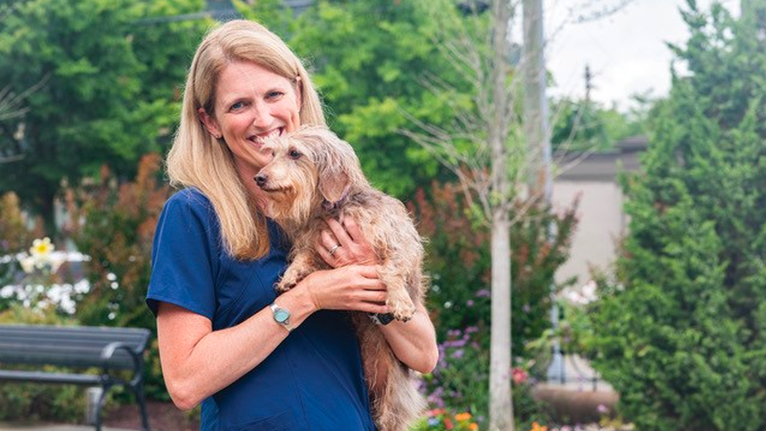Rising Incidence of Lung Cancer in Never-Smokers
Exposure to tobacco smoke is the primary etiologic factor responsible for lung cancer, however, the rate of lung cancer in never-smokers is significant. It’s estimated that in the U.S., 19% of women with lung cancer had never smoked, compared to 9% of men with the disease. There are concerns leading to the examination of outdoor and indoor air pollution as a contributor to lung cancer development in nonsmokers, but there is not yet definitive evidence of this.
In February 2020, Ambor went to her primary care physician for unrelated symptoms. During the exam, her doctor ordered several tests, including a chest X-ray. The imaging revealed a nodule in Ambor’s lung.
“At first, I wasn’t concerned. Due to my low-risk factors, my doctor was optimistic, but she ordered a CT scan to be sure,” said Ambor. The CT scan confirmed the nodule, and the local hospital gave Ambor the choice to have a biopsy or wait three to four months and have more scans for surveillance.
Ambor’s sister, Carrie Jennings, a certified nurse practitioner at UC Health, stepped in to help Ambor. “Carrie encouraged me to come to UC Health for a second opinion,” she said. “She was my advocate.”
Ambor met with Christopher Radchenko, MD, medical director of the UC Health Incidental Pulmonary Nodule Program and assistant professor in the Department of Internal Medicine at the University of Cincinnati College of Medicine.
“Our team specializes in evaluating all aspects of each patient’s case. First, we look at personal history and risk factors, then calculate an initial risk assessment using this data,” said Dr. Radchenko. “Next, we evaluate all X-rays and CT scans. The appearance of the nodule in Ambor’s left lung was “pathognomonic,” meaning that it was specifically characteristic or indicative of a type of lung cancer. Although Ambor was low risk, we worried this was early lung cancer.”
According to the Centers for Disease Control and Prevention (CDC), cancer is the second leading cause of death in the U.S. Lung cancer is the leading cause of cancer-related death, killing nearly 146,000 Americans each year — more than colon, breast, pancreatic and prostate cancer combined.
Fortunately, lung cancer can be curable if detected early and aggressively treated. The UC Cancer Center has the region’s most advanced lung cancer team, focusing on improving survival through early detection, accurate diagnosis, state-of-the-art treatment and clinical trials.

